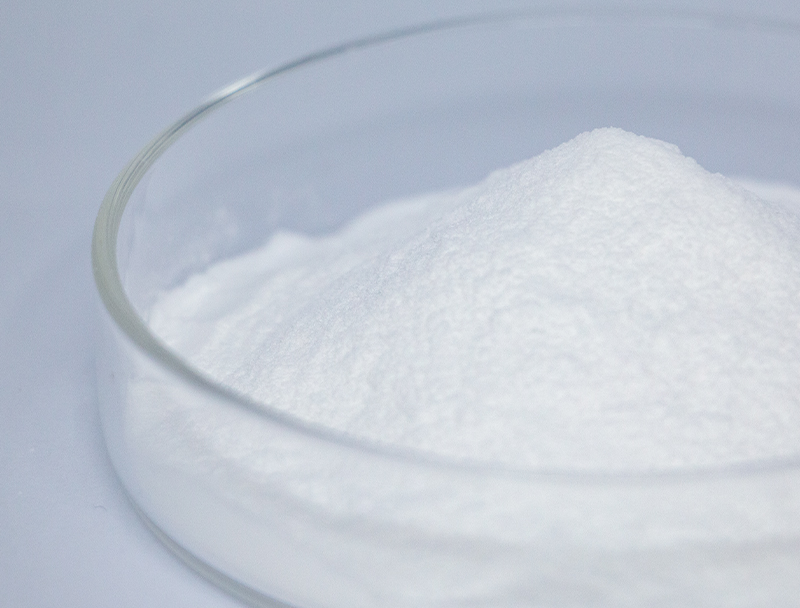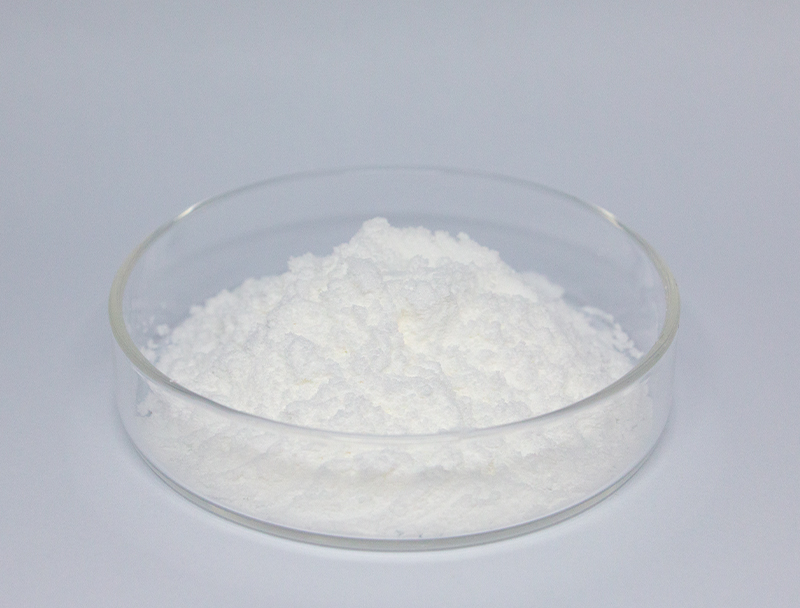
Modern biofabrication is grounded in a comprehensive selection of biomass sources for developing state-of-the-art biosolutions.
Protecting responsible procurement of such inputs is indispensable to sustainable success and conscientious scaling.
an array of drawbacks from conventional supply chains including environmental degradation and exploitation of natural resources. Hence, stakeholders must deploy sustainable supply practices to minimize environmental costs.
- Situations demonstrating ethical sourcing encompass:
- Using repurposed agricultural residues as substrates
- Applying zero-waste frameworks to limit waste and optimize resource use
- Collaborating with regional vendors focused on fair procurement
Embracing sustainable procurement produces environmental benefits with profitable potential.
Enhancing Biomass Composition for Superior Biofuel Results
Advancing fuel production depends on feedstock consistency and composition. Analysts tirelessly probe advances to elevate feedstock conversion, creating higher productivity and an eco-friendlier fuel landscape. Strategies feature genetic optimization to raise biomass yield plus pretreatment to depolymerize plant polymers into sugars.
- Similarly, research probes algae, byproduct streams, and harvest remnants as potential sustainable sources to augment biofuel feedstocks.
- Owing to ongoing work the biofuel domain is primed to reach substantial milestones advancing renewable energy adoption.
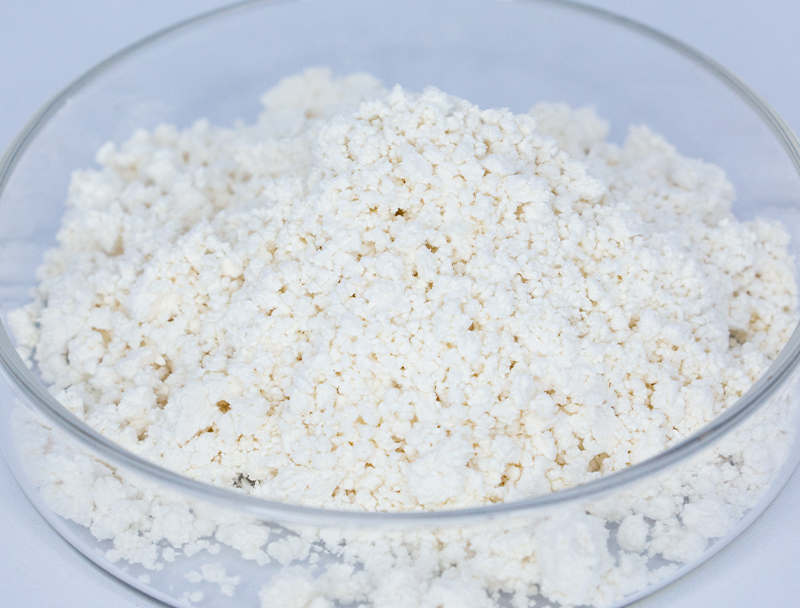
Upstream Process Improvements for Modern Biopharma Production
involves foundational activities from cultivation to biomass harvest Current advancements have streamlined operations and improved bioproduct yields.
Meaningful breakthroughs include engineered cell strains, enhanced culture formulations, and modular reactor designs. These refinements escalate production and lower expenses and environmental strain.
- Moreover, continuous manufacturing adoption is enabling dynamic control and greater adaptability in upstream workflows.
- Embracing sophisticated manufacturing strategies is poised to change industry norms and shorten development cycles.
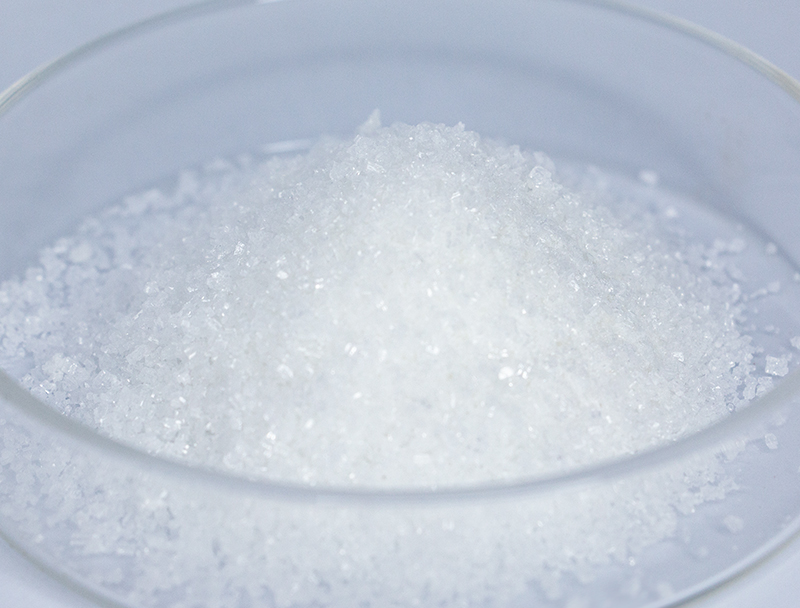
Advances in Gene Editing to Boost Therapeutic Production
breakthroughs in precise gene modification systems have reshaped biopharma production. Through focused genomic edits within host strains, scientists increase expression of desired therapeutic proteins. These methods could enable production of accessible and efficient medicines tackling diverse health challenges.
Using Microbial Systems for Site-Specific Remediation
cutting-edge microbial approaches that remediate contamination sustainably. Selected microbial cultures can remediate contaminants through biodegradation pathways.. Employing microbial processes facilitates remediation approaches that preserve ecosystem integrity while reducing pollution.. Researchers screen diverse microbial taxa for metabolic pathways suited to remove heavy metals, pesticide residues, and hydrocarbon contamination.. Organisms may be utilized in controlled reactors or in place to accelerate contaminant decomposition through biodegradation..
Microbe-based remediation provides compelling advantages over standard remediation methods. This route is often more affordable and reduces the formation of toxic residues. Moreover, microbes can be tailored to address specific pollutants with minimal impact on non-target organisms. Research progresses swiftly to enhance microbial remediation efficiency and practical effectiveness.
Informatics-Driven Strategies for Drug Design
Data-driven bioinformatics is critical for modern pharmaceutical innovation. By screening targets and refining candidate molecules, informatics drives faster, evidence-based development.
- Through evaluating comprehensive genomic, proteomic, and clinical data, teams detect novel targets and predict drug action.
- In addition, predictive simulations inform medicinal chemistry efforts to craft more efficacious drugs.
- Ultimately, informatics is transforming R&D and shortening timelines to deliver safe, efficacious therapies to patients.
Engineering Cellular Pathways for Improved Bioproduct Output
implements many strategies to improve microbial output of desired bioproducts. Options include metabolic rerouting via gene edits, expression tuning through regulatory control, and incorporation of foreign enzymes to expand function.. By refining pathway flux and regulation engineers can significantly raise bioproduct production.
This combined approach has capacity to change industries from drug manufacture to food production and bioenergy.
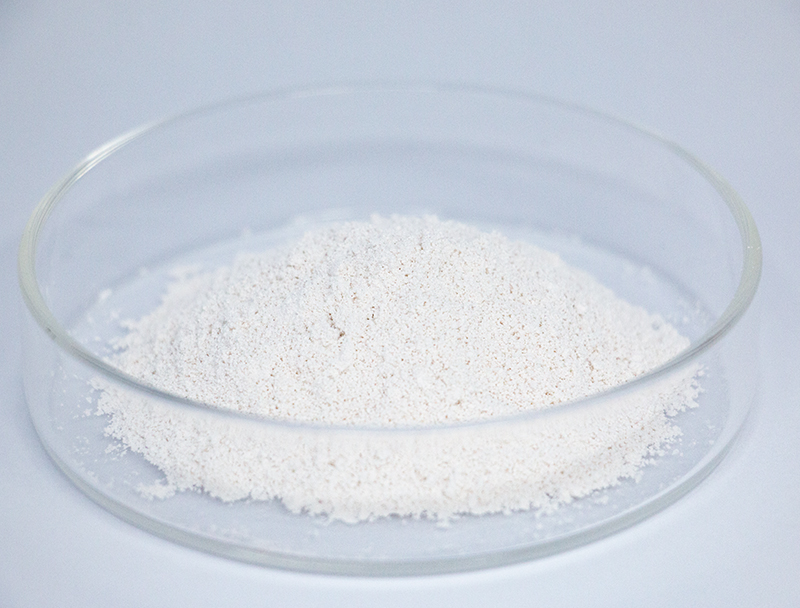
Scaling Biopharma: Difficulties and Strategic Opportunities
Scaling up biopharmaceutical production presents both significant challenges and exciting opportunities. Sustaining uniform quality across expanded production capacity is a principal challenge. Meeting the need calls for dependable control systems, granular monitoring, and cutting-edge analytical methods.
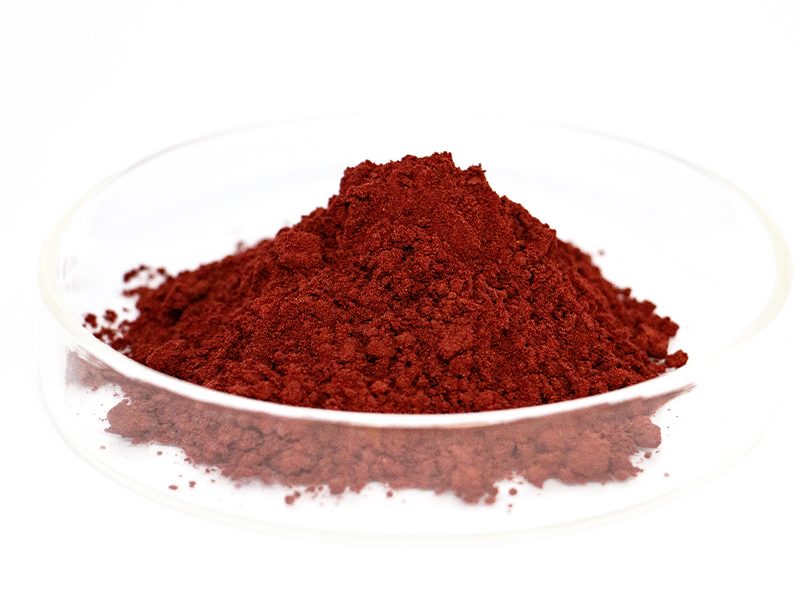
Complexity in multi-step biomanufacturing operations presents ongoing operational challenges.. Adapting protocols for industrial scale requires considerable development work and engineering advances.. Still, the gains can be meaningful. Skilled scaling can enlarge supply, lower prices, and increase profit potential.
Different initiatives are progressing to solve scale-up constraints. They encompass new process-improvement tools, in-line analytics for continuous oversight, and creative manufacturing approaches.
- R&D initiatives significantly drive enhancements in manufacturing capacity.
- Regulatory bodies are modernizing pathways to accelerate approval of advanced production technologies and support innovation.
Navigating the Regulatory Landscape for Biopharmaceuticals: Ensuring Safety and Efficacy
Manufacturing biopharmaceuticals entails detailed regulatory processes to copyright safety and clinical performance. Biologically derived medicines entail particular manufacturing and regulatory complexities compared with chemical drugs.
Regulatory authorities including FDA and EMA are central to creating criteria and processes for approving innovative biologics..
Stringent experimental and surveillance testing occurs across the entire development-to-market continuum. Those requirements help reveal risks and confirm that biologics satisfy stringent safety criteria..
Likewise, authorities progressively modify regulatory tactics to follow the speed of innovation in biopharma.. Policies involve deploying novel tech and expediting development while preserving commitment to patient safety.

Evaluating Plant Biomass for Bioplastic Production
Increasing interest in sustainable materials spurs innovation in renewable resource development. Plant-based bioplastics made from biomass feedstocks present a hopeful path to reduced plastic impact. Materials such as starch from corn, cellulose pulp, and sugarcane biomass are convertible into biodegradable polymers that lower plastic waste concerns.
Furthermore, these bioplastics often possess comparable properties to their petroleum-based counterparts, making them suitable for a wide range of applications.. Ongoing studies and technology development are vital to exploit plant feedstocks for bioplastics and foster a circular economy.
Biotechnology's Impact on Global Health and Food Security
Modern biotech tools present opportunities to improve global health and stabilize food production. Via genetic modification, synthetic design, and therapeutic cell technologies, researchers build solutions to control infections, increase crop productivity, and enrich food quality.. Illustratively, crops altered for pest resistance and stress endurance support increased harvests and diminished pesticide usage.. Additionally, biotech enables faster vaccine development, α-Ketoglutaricacid novel antimicrobials, and precise diagnostics critical to infectious disease control and health improvement.. Looking forward, continued biotech progress promises to deliver therapies and agricultural solutions that support health and sustainability worldwide.
